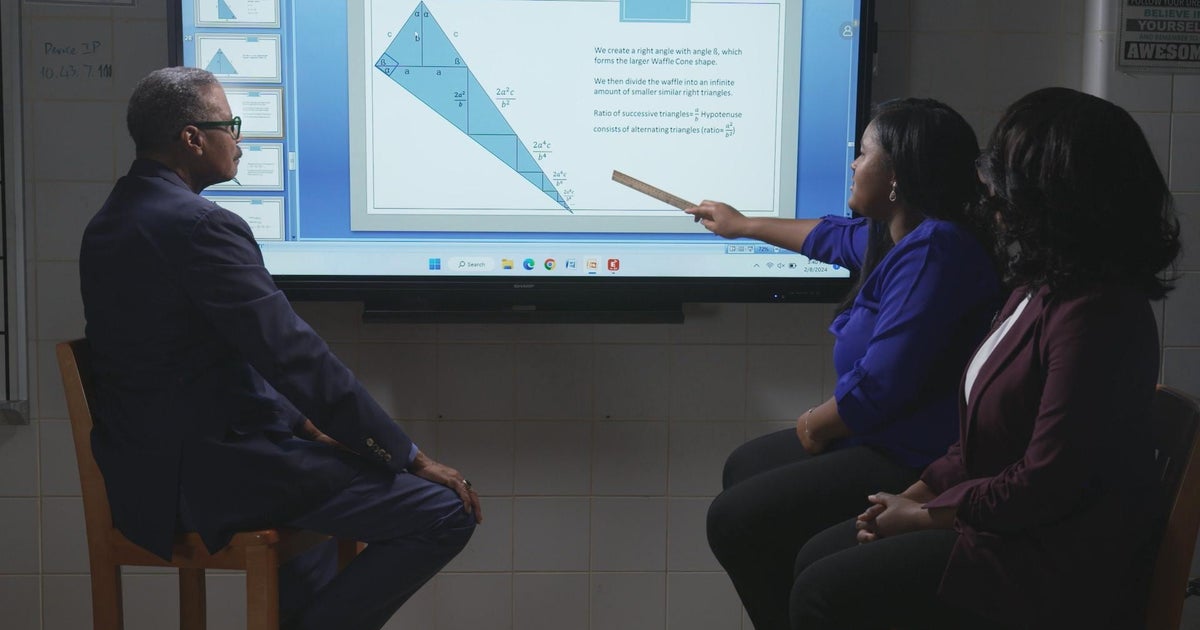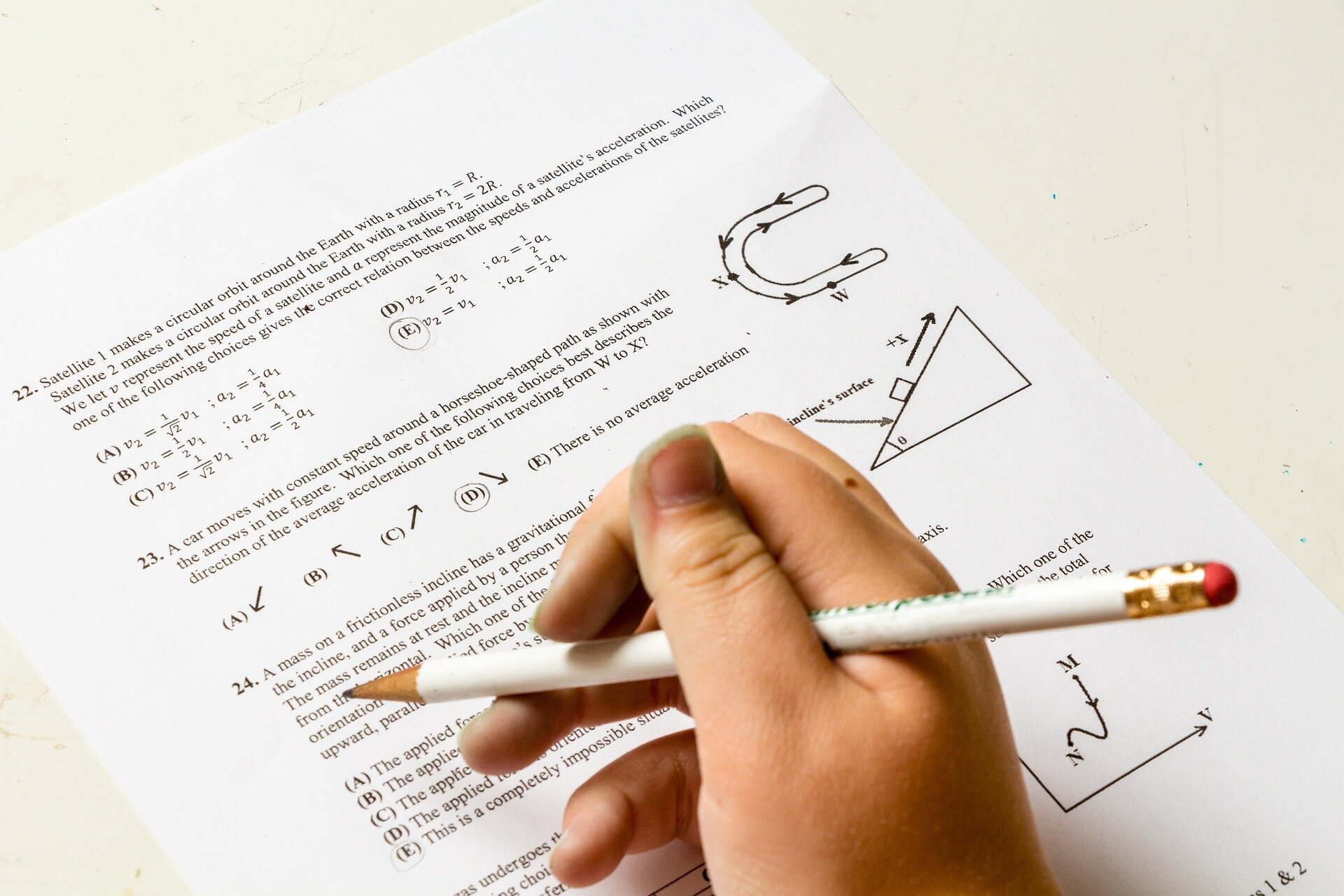From the Circle to Epicycles (Part 1)
April 24, 2024 17 minute read
This is the first article from a short series of articles where I am going explore some aspects of Fourier Mathematics in order to “ approximate” real-world shapes using complex sinusoids.
By the end of the series, I hope I will able to showcase some “original” works that have been in the making for some time.
The article is in draft status, and it hasn’t been reviewed yet, so any feedback is strongly appreciated. It’s going to change in the coming weeks.
We rarely see angles expressed in degrees; usually, we represent them in relation to the number PI \(\pi\): \(\pi\), \(\frac{\pi}{2}\), \(\frac{\pi}{3}\), \(\frac{\pi}{4}\), etc.;
If \(r \neq 1\), the circle’s perimeter is \(P=2\pi r\), while the area is \(A=\pi r^2\). Both \(A\) and \(P\) depend on \(\pi\).

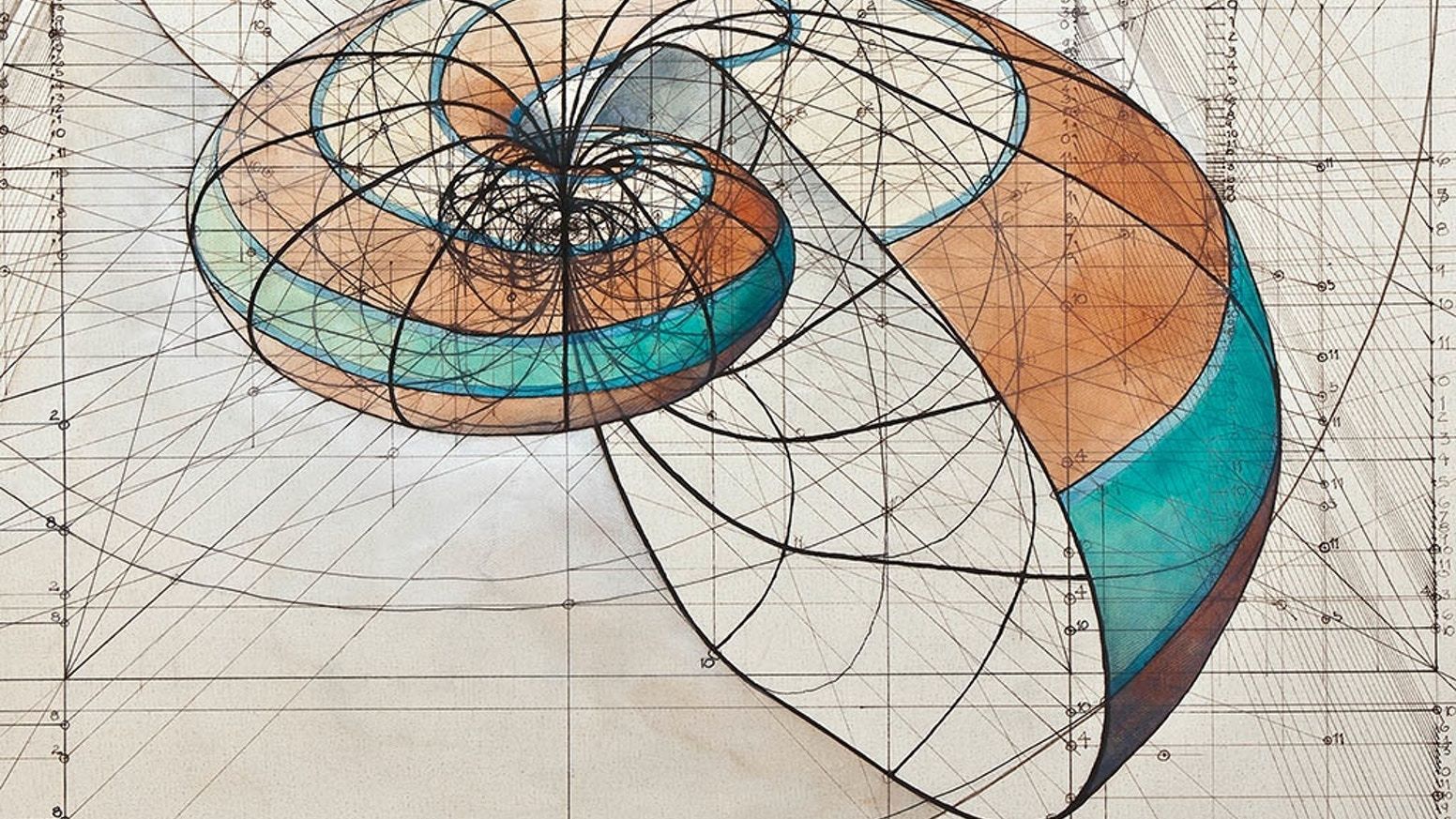


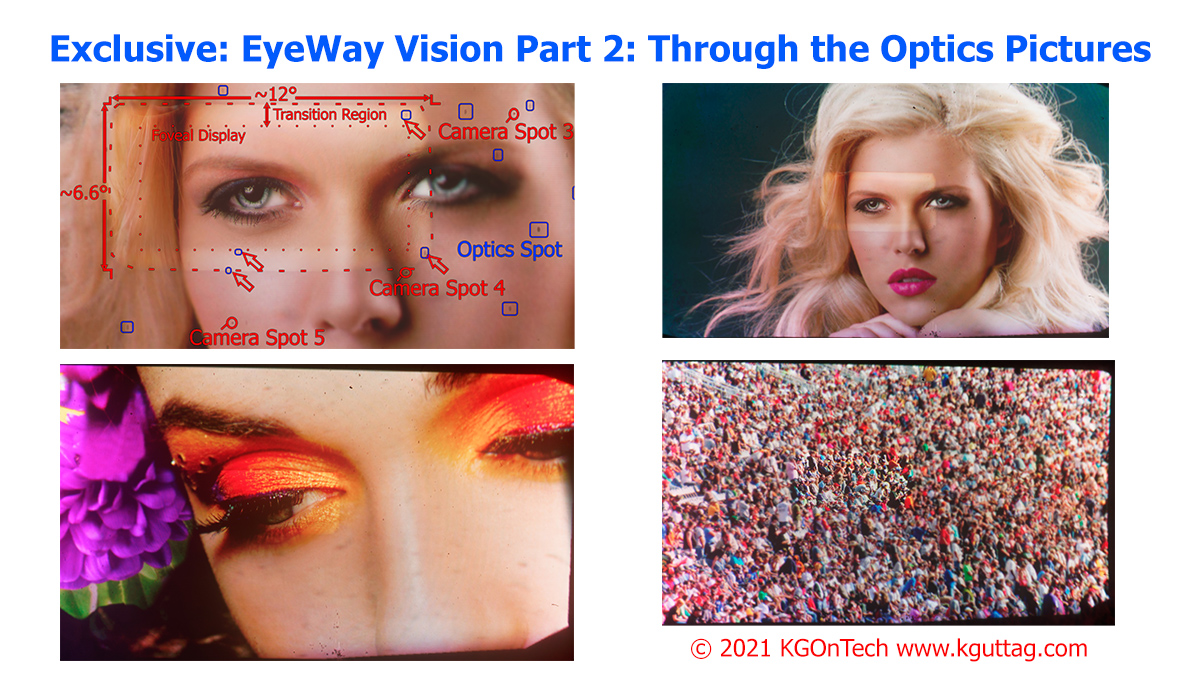








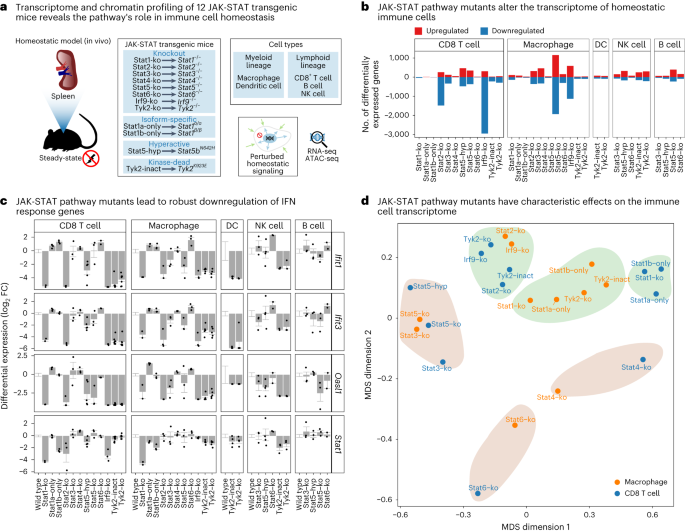
/cdn.vox-cdn.com/uploads/chorus_asset/file/23951502/VRG_Illo_STK172_L_Normand_JackDorsey_Neutral.jpg)


